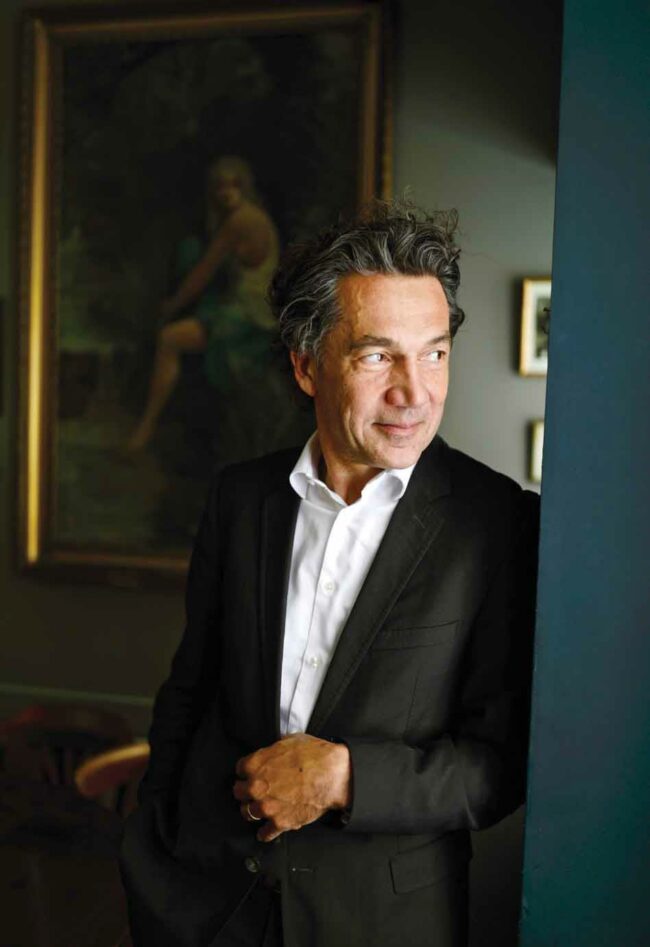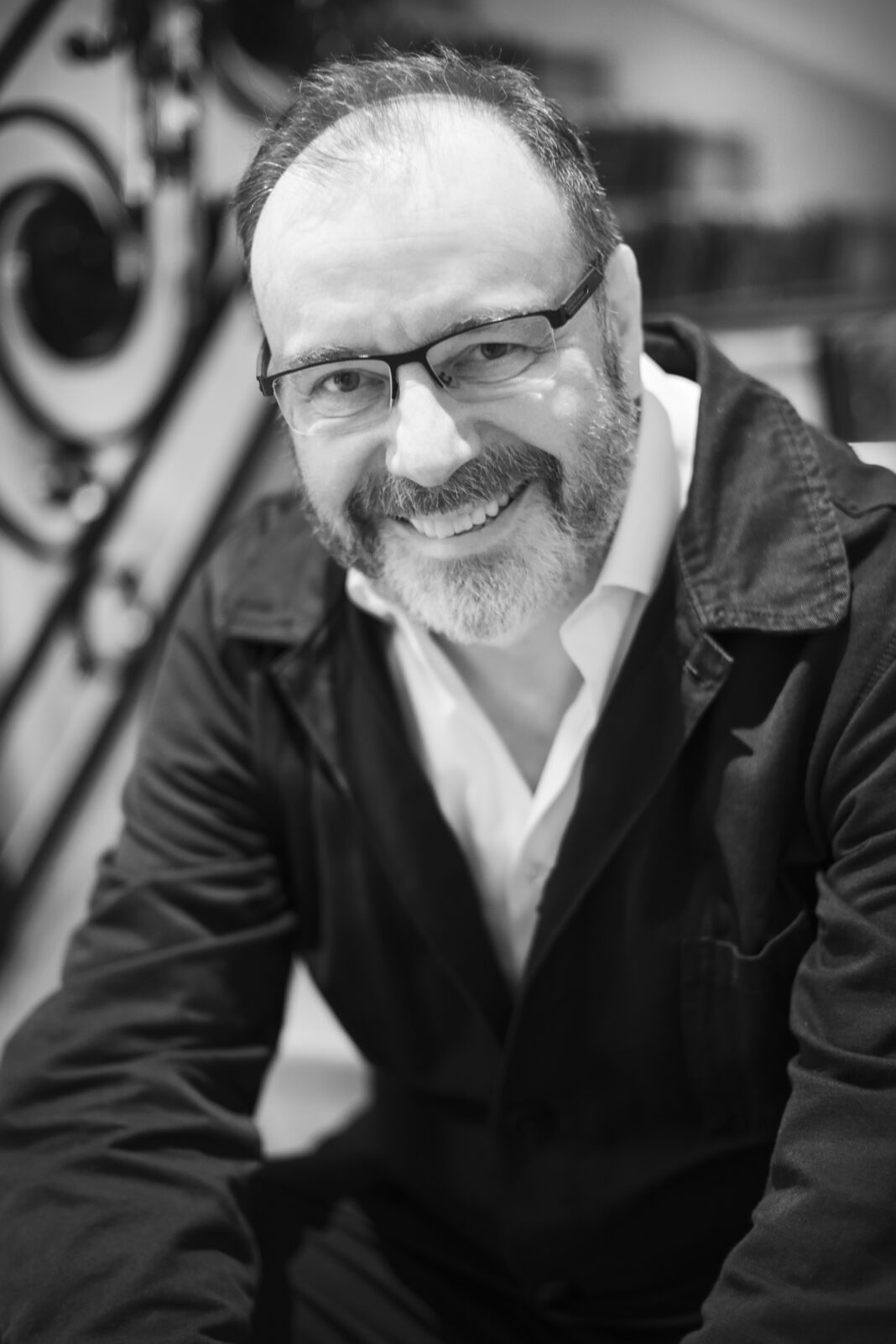🔓 article available to all
HALF A CENTURY after the outburst of winegrowers’ anger at Montredon (two dead, a winegrower and a policeman), thirty years after the emergence of willingly rebellious producers and wines that left their mark on the memory of the living, the Languedoc finally seems to be on the road to lasting success. Great entrepreneurial winemakers and brilliant craftsmen have succeeded both individually and collectively in interpreting the diversity of terroirs and the huge variety of grape varieties that the ancient Gallo-Roman Narbonensis – already dedicated to wine production – offers as a playground. The Languedoc has slowly but surely become the land of all possibilities. It produces vins de cru of impressive character, as well as varietal wines that are as innovative as they are delicious. Long devoted solely to reds, the region has successfully opened up to whites, rosés, bubbles and even orange wines. Thanks to the right climatic conditions, it has become the spearhead of organic winegrowing in France and around the world. Last but not least, it brings together a wide range of complementary personalities to build a future that is, if not serene, at least promising. Over and above this undeniable success, the Languedoc is also sending out a message to many other wine-growing regions, those that seem surprised by the lack of interest from consumers without changing their routine in any way, and those that live their present success like annuitants locked away in a solitary and haughty comfort: no position is acquired for ever, only sincere questioning, hard work and innovation build success.
This editorial and the whole of this term’s articles are dedicated to the memory of Jean-Michel Cazes, the man behind Lynch Bages, the Médoc and numerous winegrowing adventures around the world. He left us at the beginning of the summer, in his beloved Pauillac, surrounded by the affection of his family and all wine lovers. Jean-Michel knew that wine was a sport of combat and conviction. He was one of the first to understand the potential of the Languedoc region when he created the L’Ostal Cazes estate in the Minervois, just as he was one of the great architects of the Bordeaux wine revival in the 1980s. In a career spanning more than fifty years, his energy, visionary talent and charisma have taken the vineyards, their wines and their markets into a new era.
























